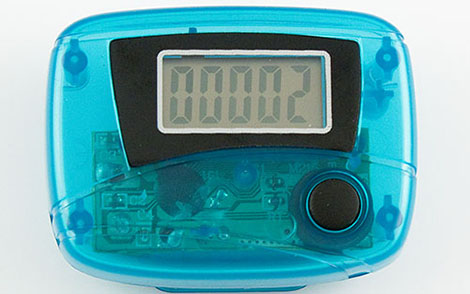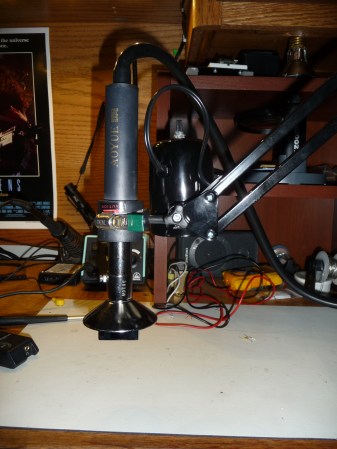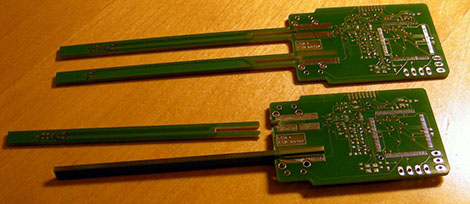
This is an x-ray detector built by [Ben Krasnow]. It’s an interesting combination of parts working with an oscilloscope. The result is an audible clicking much the same as you would hear from a Geiger counter
He’s measuring backscatter, which is the reflection of x-rays on other objects. Because the signal will be quite weak compared to waves emitted directly from an x-ray source he needed a large collector to measure them. He started by gutting an x-ray image intensifying cassette. This has a phosphor layer that glows when excited by x-rays. The idea is that the glowing phosphors do a better job of exposing film than direct x-rays can. But [Ben’s] not using film. He built that pyramid-shaped collector with the phosphor material as the base. At the apex of the pyramid he mounted a photomultiplier tube (repurposed from his scanning electron microscope) which can detect the excited points on its surface. His oscilloscope monitors the PMT, then issues a voltage spike on the calibration connector which is being fed to an audio amplifier. Don’t miss his presentation embedded after the break.
[Ben] mentions that this build is in preparation for a future project. We’d love to hear what you think he’s working on. Leave your guess in the comments section.
















